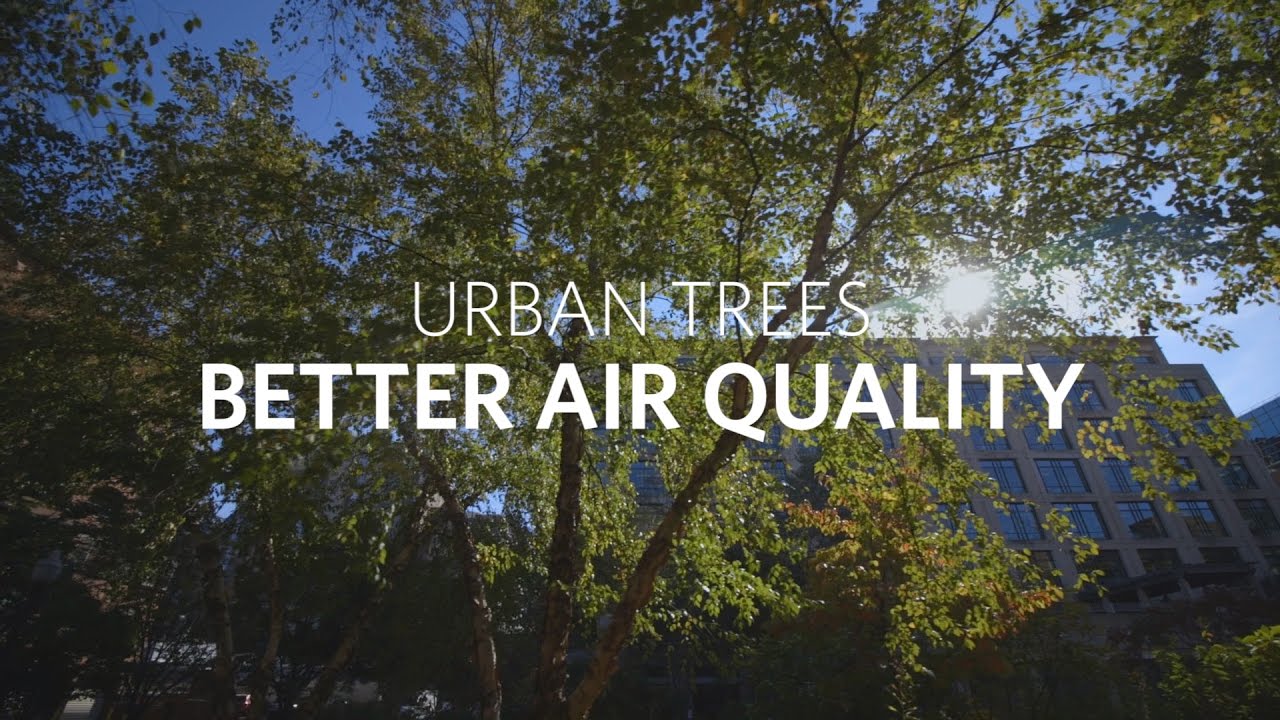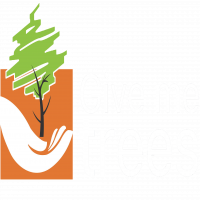Air Quality Effects of Urban Trees and Parks

Cities around the world are struggling with deteriorating air quality due to rising urbanization and industrialization. The air quality effects of urban trees and parks have become a critical area of focus in environmental studies and urban planning. These green spaces enhance aesthetic value and play a crucial role in mitigating air pollution. This article explores the multifaceted benefits of urban vegetation, backed by science and policy insights.
Urbanization and Air Pollution
Sources of Urban Air Pollution
Vehicle emissions, industrial discharges, and construction activities are major contributors to air pollution in urban environments. These sources release pollutants such as nitrogen oxides (NOx), carbon monoxide (CO), sulfur dioxide (SO2), and particulate matter (PM2.5 and PM10).
The Health Impact of Poor Air Quality
Prolonged exposure to air pollutants can cause severe respiratory issues, cardiovascular diseases, and even premature death. Vulnerable groups, especially children and the elderly, are at higher risk. Therefore, improving urban air quality is not just an environmental issue, but a public health necessity.
Role of Urban Trees and Parks in Air Quality Improvement
How Trees Clean the Air
Trees act as natural air filters. Through a process called dry deposition, leaves capture airborne particles. Moreover, they absorb gaseous pollutants like ozone (O₃), sulfur dioxide (SO₂), and nitrogen dioxide (NO₂). This makes the air quality effects of urban trees and parks a scientifically validated fact.
Cooling Effect and Heat Island Reduction
Urban heat islands exacerbate pollution. Trees provide shade and release water vapor through transpiration, which reduces temperatures and helps in dispersing pollutants. A cooler environment means less energy consumption and lower emissions.
Scientific Evidence Supporting the Role of Green Spaces
Case Studies and Research
Research from the U.S. Forest Service shows that urban forests in the U.S. remove approximately 711,000 metric tons of air pollution annually, valued at $3.8 billion. Another study in Beijing revealed a 15% reduction in PM2.5 levels in tree-lined avenues compared to barren streets.
Statistical Benefits of Air Pollution Reduction
- Parks can reduce nearby street-level PM10 by up to 25%
- A mature tree can absorb 48 pounds of CO2 per year
- Urban forests improve air quality by filtering pollutants and sequestering carbon
These studies affirm the air quality effects of urban trees and parks, offering a data-driven foundation for urban greening policies.
Most Effective Types of Trees
Tree Species and Their Pollutant Absorption Rate
Not all trees have the same pollutant-removal capacity. Trees like London Plane, Silver Birch, and American Sweetgum are among the top performers in filtering air pollutants. Their large leaves and dense canopies make them ideal for urban planting.
Native vs. Non-native Species
Native species are generally more resilient and require less maintenance. They also support local biodiversity. However, in some cases, non-native species with higher absorption rates might be considered to optimize the air quality effects of urban trees and parks.
Challenges in Urban Tree Management
Maintenance and Urban Planning
Tree roots can disrupt infrastructure, and falling leaves require regular cleaning. Poor planning can lead to overcrowding or insufficient growth space. Strategic placement and maintenance are essential.
Environmental Stressors
Urban trees face stress from pollution, soil compaction, and limited water supply. These factors can reduce their lifespan and effectiveness in improving air quality.
Urban Parks: More than Just Green Spaces
Psychological and Physical Health Benefits
Beyond air purification, urban parks provide mental health benefits. Green views reduce stress, promote exercise, and improve overall well-being. Access to green space has been linked to lower levels of depression and anxiety.
Recreational and Social Value
Parks are communal hubs that encourage social interaction and outdoor activities. They promote inclusivity and enhance community resilience, proving that the air quality effects of urban trees and parks go hand-in-hand with social benefits.
Policy and Community Initiatives
Government Regulations and Incentives
Governments worldwide are recognizing the value of urban green spaces. Policies include tax breaks for green rooftops, tree-planting incentives, and urban reforestation projects.
Role of Community in Urban Greening
Local communities play a pivotal role. Citizen-led tree planting drives, park clean-up events, and green advocacy can substantially amplify the positive air quality effects of urban trees and parks.
Future Trends in Urban Forestry and Air Quality
Innovations such as vertical forests, drone-assisted tree planting, and AI-based tree health monitoring are shaping the future. Integration of green infrastructure in smart city planning is set to redefine how we combat urban air pollution.
Conclusion
The air quality effects of urban trees and parks are undeniable. From filtering harmful pollutants to reducing heat and improving mental health, green spaces are indispensable in modern cities. With proper planning, species selection, and community engagement, we can harness the full potential of urban forestry to combat pollution and foster healthier urban living environments.
FAQs
1. How do urban trees improve air quality?
Urban trees absorb pollutants and filter airborne particles through their leaves, acting as natural air purifiers.
2. What are the best trees for improving air quality in cities?
Species like Silver Birch, London Plane, and Sweetgum are highly effective due to their large leaf surface areas and pollutant absorption capacity.
3. Can parks reduce heat and pollution in urban areas?
Yes, parks help lower temperatures through shading and evapotranspiration, and they also trap and remove pollutants from the air.
4. Are there any downsides to urban trees?
Maintenance, space constraints, and susceptibility to urban stressors can pose challenges, but proper planning can mitigate these issues.
5. How can communities contribute to better air quality?
By participating in tree planting, maintaining local parks, and supporting green policies, communities can significantly improve urban air quality.
Note: IndiBlogHub features both user-submitted and editorial content. We do not verify third-party contributions. Read our Disclaimer and Privacy Policyfor details.







